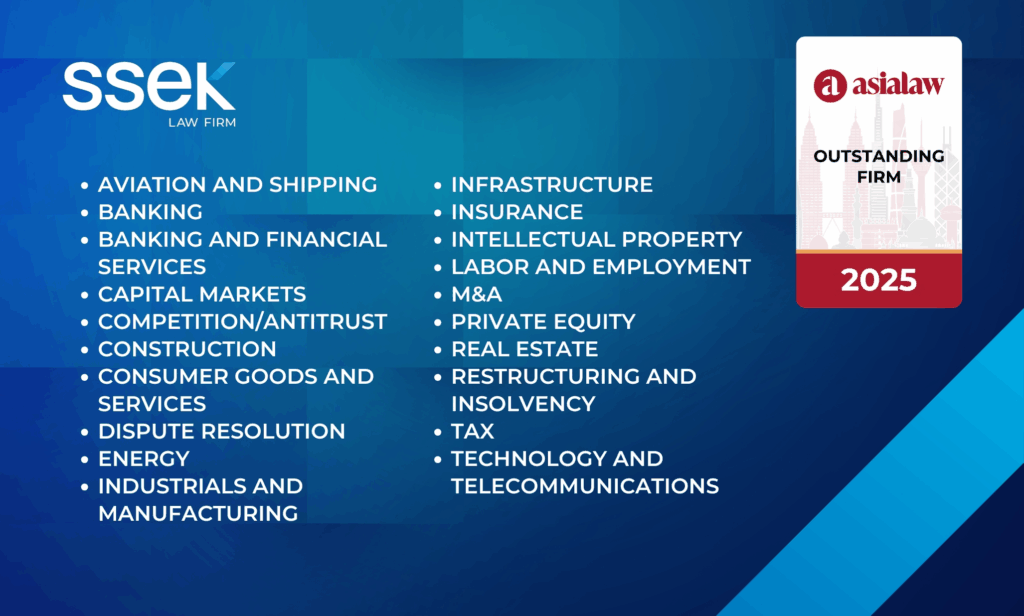16 April 2021
Senior Associate Melanie Bagwell discusses the considerations investors need to review when designing and offering ready fitted space as part of their response to the way in which office space is used post-pandemic.
The COVID-19 pandemic has changed the way we use office space, possibly forever. Both landlords and tenants will need to adapt to the “new normal” and many investors are reviewing their office portfolios to assess how they can entice future tenants to commit to new office leases in a world where remote working is no longer a remote possibility.
Some investors are opting to provide ready fitted offices to save tenants the time, cost and leg-work of carrying out their own fit-out works. These leases are distinct from quasi serviced office provision and can be provided alongside unfitted spaces in the same building, giving tenants a genuine choice.
There are a number of things investors should consider when designing and offering ready fitted space:
-
Rent
The annual rent should reflect the fully fitted out nature of the premises. This is obviously dependant on the prevailing market, but tenants should expect to pay a premium rent for space that is ready to use.
-
Inventory
Landlords will need to decide exactly what it will be providing. Desks and chairs are fundamental, but what modern office would be complete without a decent coffee machine?
Careful drafting is needed to ensure that all of the items provided are properly recorded and demised to the tenant so that they are caught by the tenant’s obligations.
-
Ancillary services
Will the landlord also be providing additional services such as a post room, data connections, heating, power and/or lighting? If so, the lease will need to include such services in the service charge provisions and be factored into the service charge budget.
-
Maintenance
Where additional items are being included in the demise, the tenant’s repair obligations will need to be sufficiently wide to include them. It may also be sensible to require the tenant to sign up to maintenance contracts with approved contractors in respect of any M&E items included in the demise.
-
Replacement of landlord’s fittings
Obviously, some items will need to be replaced either during or at the end of the term. The lease could make it the tenant’s responsibility to source and replace items (of equivalent quality), but the landlord may end up with non-matching furniture at the end of the term. The alternative is that replacements are sourced through the landlord, but the tenant may well insist that the cost is agreed at the start of the term, leaving the landlord at risk if there is a price rise.
-
End of term payment
Instead of traditional repair obligations and dilapidations procedures, landlords and tenants could opt for an “end of term” payment that will go towards updating the premises and the fit-out ready for the next tenant. Alternatively, they could agree a security deposit (separate from any rent deposit) that is held on account of any major repairs or replacements to the landlord’s fittings. In this case, the landlord would have a more “hands on” role and greater administrative burden but also greater cost security.
Whatever investors choose to provide, it will be key to agree specifics with prospective tenants at an early stage and set everything out at heads of terms stage to avoid wasted time and costs. However, the potential benefit to investors and occupiers alike is a more flexible offering that is oven ready for occupation.
For further information, please contact:
Melanie Bagwell, Clyde & Co
melanie.bagwell@clydeco.com





